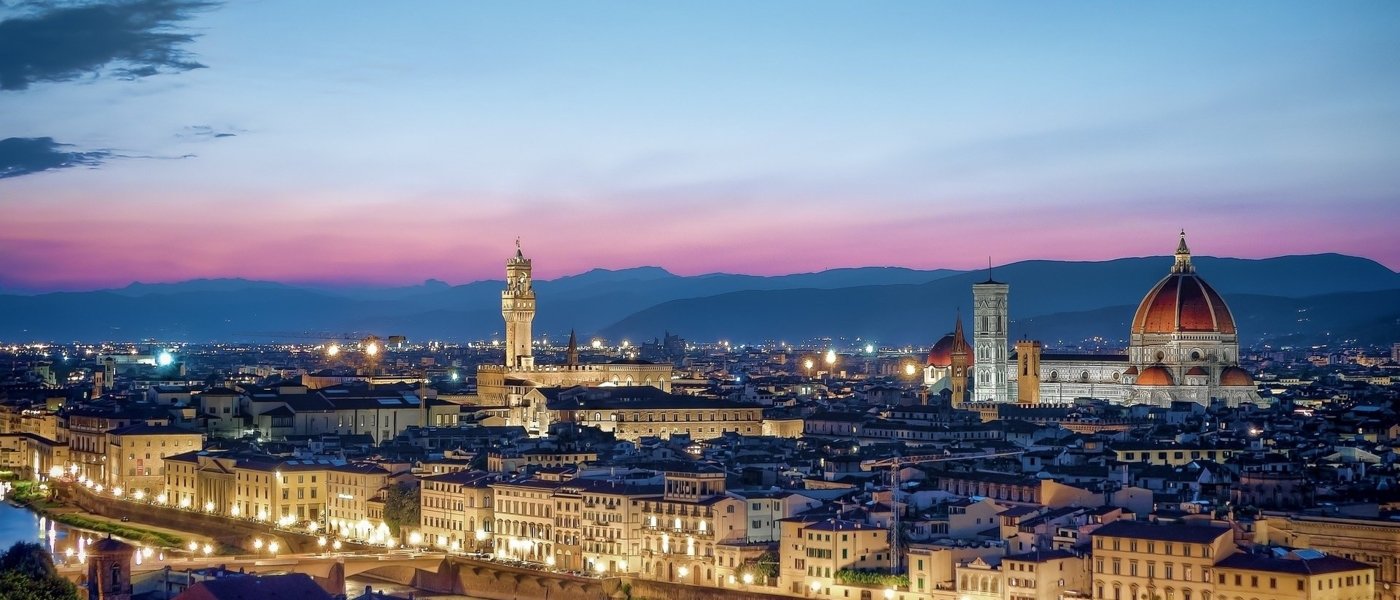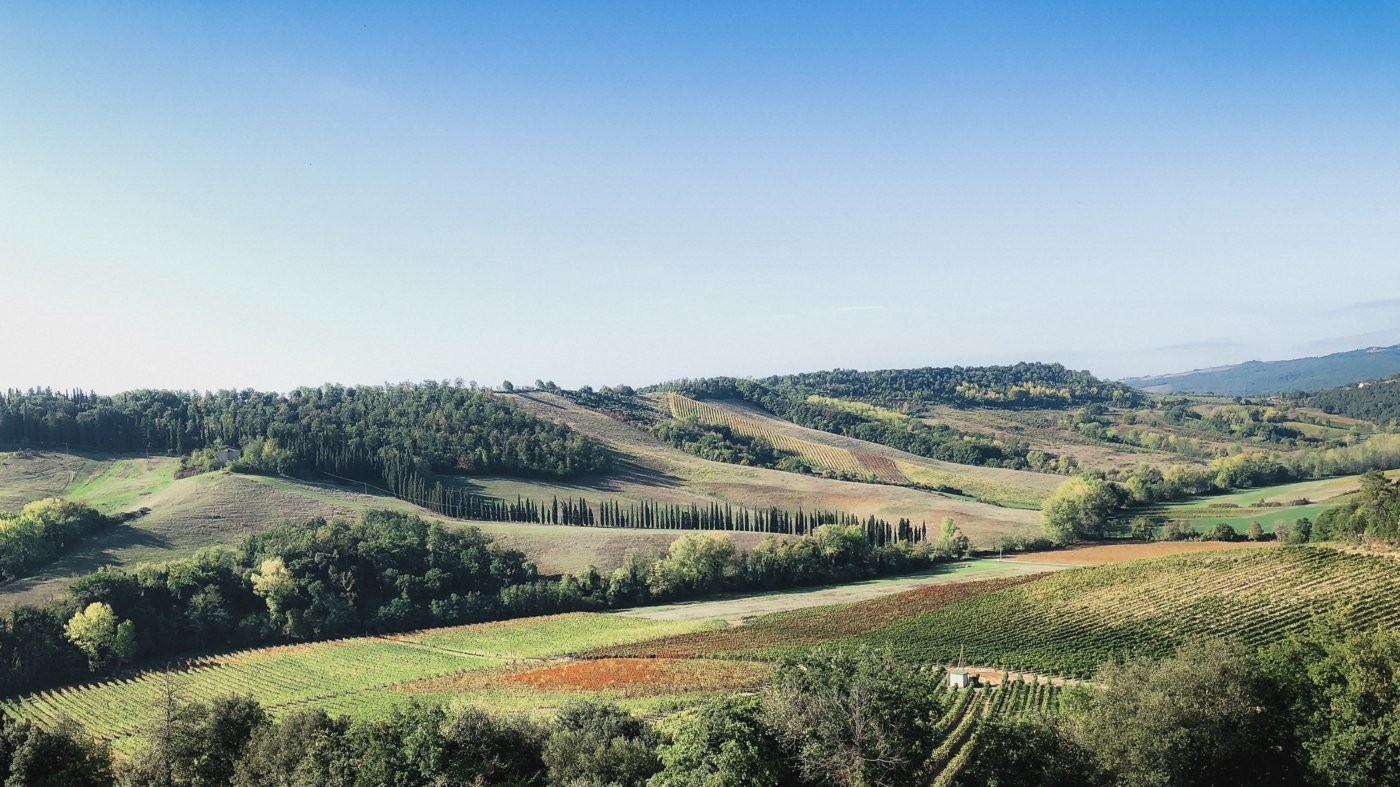Colli Fiorentini is one of eight Chianti DOCG subzones. It has clay soils and low lying vineyards. While Colli Fiorentini is certainly not generally regarded among the best of the DOCGs that lie outside Chianti Classico, the wines are light, fruity and fun, rather than deep and complex. They slip down a treat as house wines in Florentine restaurants or are knocked back with gusto in the bars.
Located around 30km to the east of Florence, Chianti Rufina DOCG is widely considered the best of the Chianti DOCGs outside of Chianti Classico. It can also be considered as a real Florence wine. It is a hilly area with vineyards planted at up to 500 metres above sea level, with a pronouncedly continental climate, yet the grapes ripen perfectly thanks to the exposition of the vineyards that catch the sun superbly. The high diurnal temperature range helps preserve the acidity that gives Chianti Rufina DOCGs superb structure and elegance. Another factor behind the production of fine wines in Chianti Rufina is the classy combination of limestone and clay soils, which are similar to those of the prime Panzano part of Greve in Chianti, for many experts the source of the best Chianti Classico. Rufina DOCG wines are often favourably compared to those of Panzano. The best Chianti Rufina DOCG wines are linear and aromatic, but are not lean and are quite full with zesty acidity and cool, lively aromas. Rufina is sometimes 100% Sangiovese and the grape must make up at least three-quarters of the wine. The rest can be made up of the resurgent local Canaiolo and Colorino grape varieties, and/or Cabernet Sauvignon and Merlot. Chianti Rufina was given a special mention from the very same Cosimo III de’ Medici, the Grand Duke of Tuscany, who in 1716 legally delimited the land around the villages of Greve, Radda, Gaiole and Castellina, to effectively create Chianti Classico – Italy’s and quite possibly the world’s first official wine region.
Even closer to Florence is Carmignano, just 20km northwest of the city, which is also a genuine Florence wine. Carmignano, which occupies the eastern slopes of Monte Albano, close to the confluence of the Arno and Ombrone rivers, was another region to impress the Grand Duke back in 1716. He sure knew good vineyards when he saw them. In 1990, 120 hectares of it became a DOCG.
Carmignano comes up trumps with Cabernet Sauvignon, which manifests itself in a rich chocolaty note in the wine, and can provide up to 20% of the blend, as can Cabernet Franc. Sangiovese only has to contribute a minimum of 50%, allowing for a more varied blend than Sangiovese-dominated Chianti Classico, for example. Canaiolo can account for an upper limit of 20%, while up to 10% can come from any of Canaiolo Bianco, Malvasia, and Trebbiano. The vines are typically located on east-facing sites at lower altitudes than Chianti Classico but while the resulting wine is ripe and round with robust tannins, the wine usually retains sufficiently vibrant acidity thanks to the more northern latitude.
The vineyards of Chianti Classico, are more readily associated with Siena, Florence’s rival city-state from centuries past, but they are readily available in Florence today.
If you're interested in one of our Florence Wine Tours, please visit this link.







